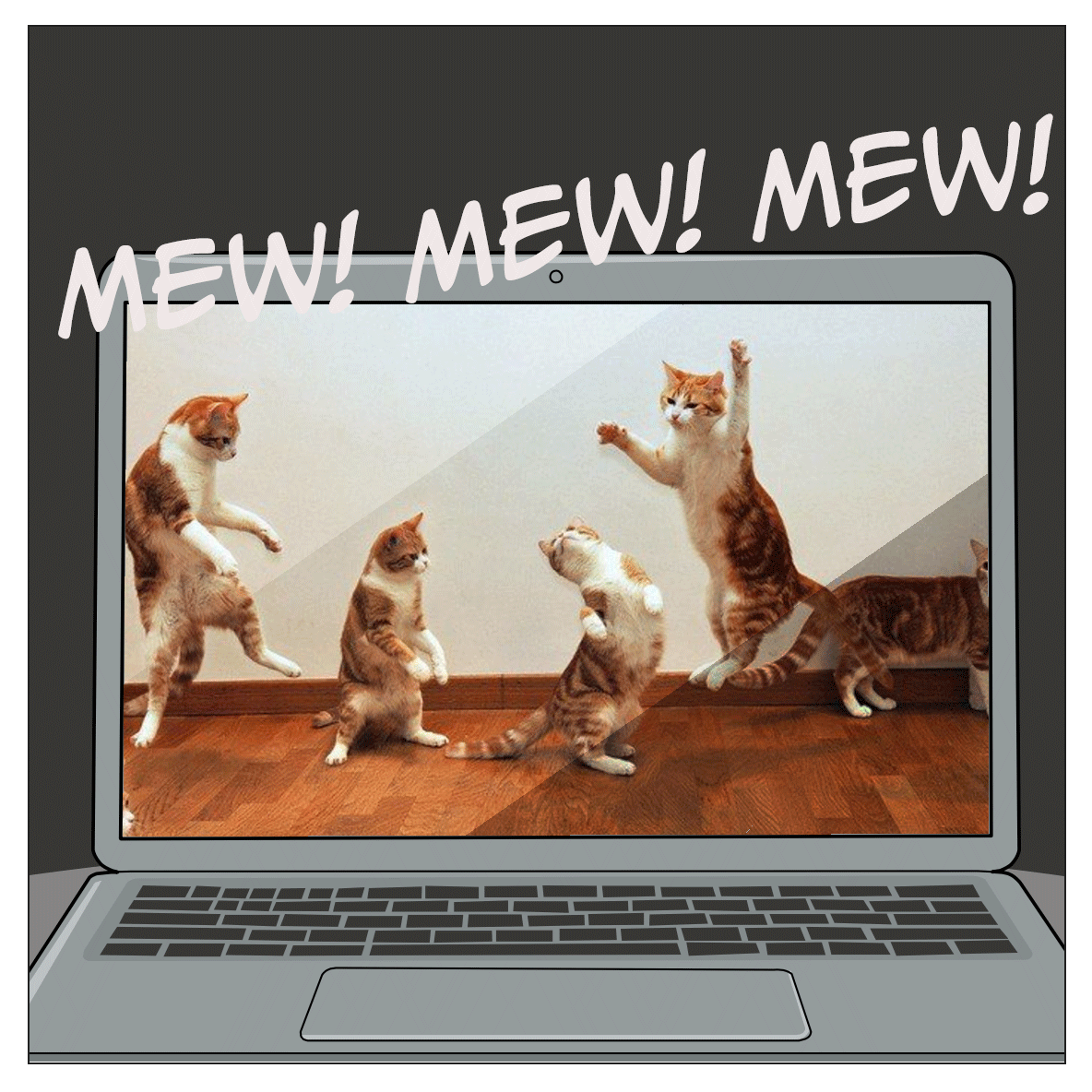The Marketing of Software Platforms
I admit it. I’m a bit of a dreamer. And software platforms are among my favorite technologies, because they’re toolkits to realizing other people’s ideas. They transform “what if” situations into “how to.” That’s more exciting to me than a point solution. But marketing a platform comes with some challenges.
To riff off of America Ferrera in the Barbie movie:
“You can’t be too complex, otherwise they won’t understand you. But you also can’t be too simple, because they won’t believe you. And you need to solve all their problems, otherwise they won’t adopt you. But you need to change constantly to keep up, and they want it to be custom. You need to have thought of everything, but they also want to have input into everything. And you can never ever fail, because if you fail, they fail.”
That’s software, isn’t it? Endless possibilities and endless doubt.
When faced with marketing a software platform, I start with a few concepts that keep the needle moving for a prospect.
Lead by Example
When I teach my kid to play guitar, rather than going into detailed music theory or how instrument works, I focus on what song they want to learn. Even then, it’s a bit of a challenge, because like all teens, they’re noncommittal. But they want to be a musician. So we start by going through lists together for a song that speaks to them and is just a bit more than their current capabilities. We listen and break down the song, pick out the chords they need, and they’re independent enough that they will learn it on their own the rest of the way. I walk away knowing that they’ll learn the guitar, because their interest is fulfilled.
To get someone into your software platform, you need to provide enough examples and validations that they can learn the rest on their own. You need to “eat your own dog food” and create meaningful proof of concepts using your platform. Likewise, you need to hold up examples of others’ work on your platform and tell those stories. Seeing other people’s work is what inspires someone and gets them excited. Let results earn their attention.
The details are nice, but how those details are used is even better.
Extrapolate Concepts
Once you have a single example, there are likely other horizontal examples. For example, let’s say you have a platform that makes it easier to visualize financial data. Your first customers happen to be in investment banking, so you start there. But if you plateau on that customer profile, you need to find potential use cases that are similar.
One way is to hire solution consultants who can help customers scope out their needs, but you can also prime the discussion by dreaming use cases up yourself. Investment banking data is likely similar to venture capital, economic development, and private equity. Learning a little bit more about their processes and reskinning your examples creates a conversation piece that you can then use to have deeper conversations. It gives your platform a way to address with specificity. Your prospects will feel seen and be more open.
At LongJump, we brought to market a relational database as a service for non-developers. To express that, we introduced app-store proofs of concept built off core objects. I created apps like CRMs, group member databases, church directories, volunteer rosters, candidate trackers, etc. They were all basically the same people-management apps: intake forms, relational hierarchies, simple edit/update forms, task assignments, email campaigns, and reports. It was surprising when a customer would use one of our POCs as the basis for their real work, but it only made the platform more valid.
Keep the Conversation Going
Midjourney’s rise is crazy on the surface. That it’s so Discord-centric should have been a huge obstacle. But operating off Discord is also one of its greatest strengths. The product is so community-driven, no other generative AI product has deeper loyalty and engagement. They run their business like a forum with updates from the founders, and you can see the results immediately.
That’s not a model that works for everyone, but it clearly proves that community engagement is more effective and scalable than any email or whitepaper or billboard can. You want to strive for something where the value you’re providing is so meaningful that an outside person voluntarily offers themselves up.
An accepting community gives its members a sense of ownership in the mission. I’ll take that over any boring webinar.

